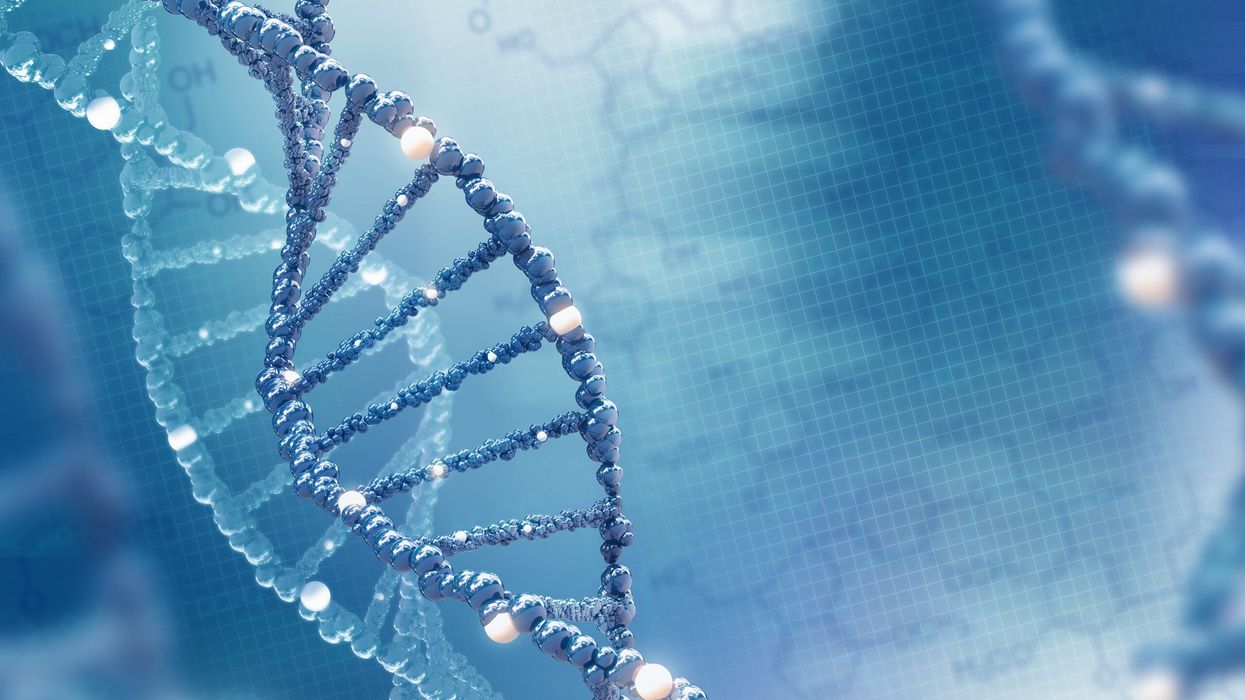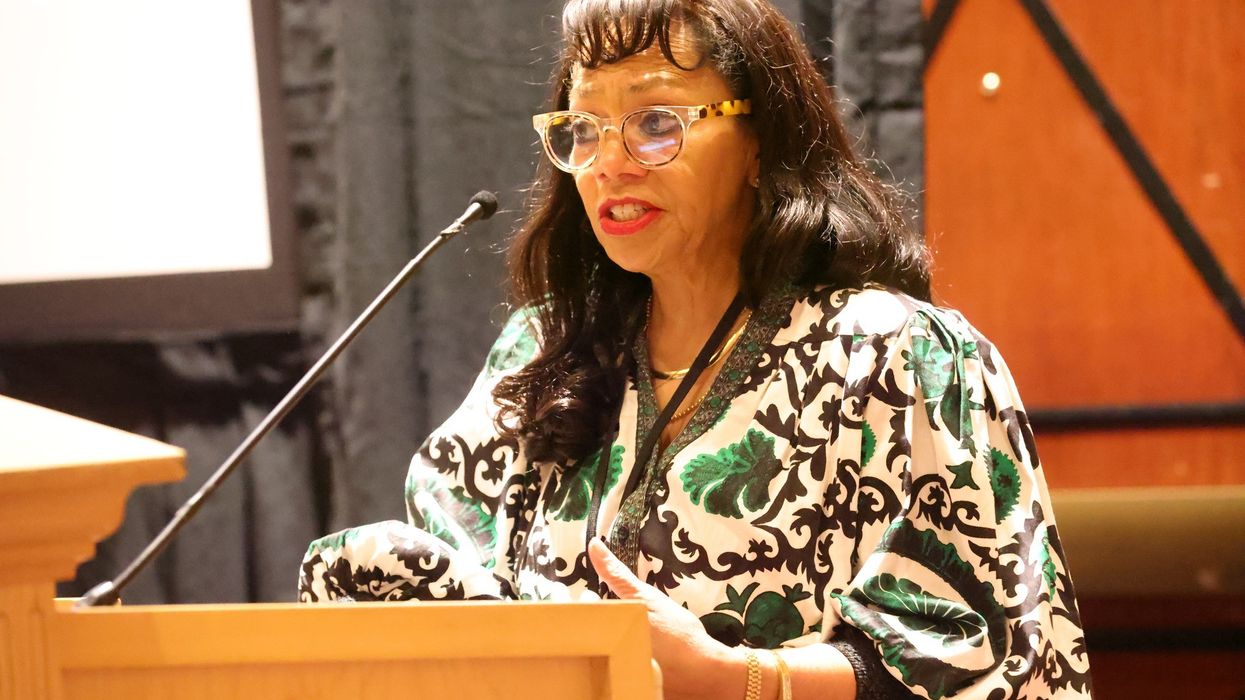Spinal Cord Injury (SCI) Awareness Month, observed every September, is a time to recognize the individuals living with SCI, raise awareness about the condition, and highlight advancements in medical research. Spinal cord injuries can have life-altering effects, and the community continues to push for better treatments, support systems, and understanding of the complexities involved.
History of Spinal Cord Injury Awareness Month
The establishment of Spinal Cord Injury Awareness Month came from the collective effort of advocacy groups, medical professionals, and individuals affected by SCI. It was officially recognized by the U.S. Senate in 2014 through a resolution that aimed to shed light on the unique challenges faced by individuals with spinal cord injuries. The resolution sought to raise public awareness about the impact of SCI and advocate for better healthcare, rehabilitation services, and accessibility for those affected.
Organizations such as the United Spinal Association and the Christopher & Dana Reeve Foundation have been at the forefront of these efforts, supporting SCI research, education, and community engagement. Every September, these organizations promote public education initiatives, outreach programs, and advocacy for better legislation to protect the rights of individuals with spinal cord injuries.
The Impact of Spinal Cord Injuries
Spinal cord injuries affect an estimated 300,000 people in the U.S., with approximately 17,000 new cases each year. The causes of these injuries are diverse, ranging from car accidents to sports injuries and falls. The physical, emotional, and financial toll can be overwhelming, with the cost of healthcare and rehabilitation services being particularly burdensome.
Spinal cord injuries can lead to paralysis, loss of motor functions, and other complications, depending on the severity and location of the injury. Rehabilitation plays a crucial role in helping individuals regain some level of independence, but the challenges remain immense.
New Advancements in Spinal Cord Injury Treatment
Recent years have seen significant advancements in SCI research, offering hope for improved outcomes and quality of life for those affected. Below are some key breakthroughs:
- Stem Cell Research
Stem cell therapies have shown promise in treating spinal cord injuries. Researchers are exploring how stem cells can regenerate damaged spinal tissue and promote healing. Recent clinical trials have shown that stem cells can be injected into injured areas to stimulate nerve regeneration, potentially restoring motor function and sensation. - Electrical Stimulation
Electrical stimulation technologies, like epidural stimulation, have emerged as one of the most promising innovations for SCI recovery. This involves implanting a device in the spine that sends electrical signals to the nerves, helping individuals with SCI regain some level of voluntary movement. Several patients with SCI have experienced the ability to stand and even walk with assistance after using these devices. - Robotic Exoskeletons
Robotic exoskeletons are wearable devices designed to assist individuals with SCI in standing, walking, and regaining some mobility. While they are not a cure, exoskeletons have shown tremendous potential in rehabilitation, improving patients' overall health by enhancing circulation, reducing muscle atrophy, and giving them greater independence. - Neuroprosthetics
Neuroprosthetics, devices that connect directly to the nervous system, have been making strides in improving functional recovery. By restoring lost sensory or motor functions, these devices can allow individuals with SCI to perform daily tasks that were previously impossible. This advancement holds the potential for greater autonomy in everyday life for those affected by SCI. - Gene Therapy
Gene therapy has also emerged as a potential solution for SCI. Researchers are studying ways to alter gene expression in injured spinal cords to promote nerve regeneration and functional recovery. Although still in early stages, gene therapy could one day provide a method to reverse some effects of spinal cord injuries.
Looking Forward
While there is still no cure for spinal cord injuries, the scientific and medical communities are making significant strides. Public awareness and advocacy remain critical for ensuring continued funding for research and improving the quality of life for those living with SCI. Spinal Cord Injury Awareness Month provides an opportunity to reflect on the progress made, acknowledge the challenges that remain, and highlight the importance of advancing treatments and rehabilitation efforts.
As these innovations continue to develop, there is hope that future treatments will not only improve the quality of life for individuals with SCI but also pave the way for potential cures.









 Karla Mingo believes that her greatest gift as a cancer survivor is the ability to live with gratitude and thankfulness.
Karla Mingo believes that her greatest gift as a cancer survivor is the ability to live with gratitude and thankfulness.




 Dr. Cary S. Kaufman teaches the "Essentials of Oncoplastic Surgery" course through the National Consortium of Breast Centers, providing breast surgeons around the world with advanced techniques for optimal breast surgery outcomes.
Dr. Cary S. Kaufman teaches the "Essentials of Oncoplastic Surgery" course through the National Consortium of Breast Centers, providing breast surgeons around the world with advanced techniques for optimal breast surgery outcomes.